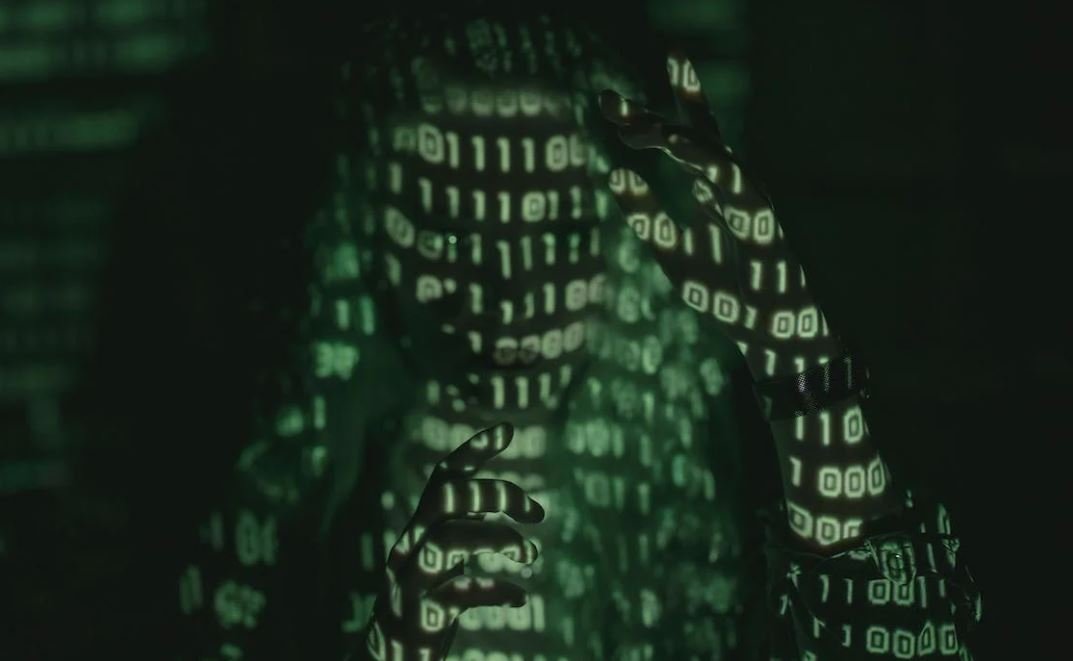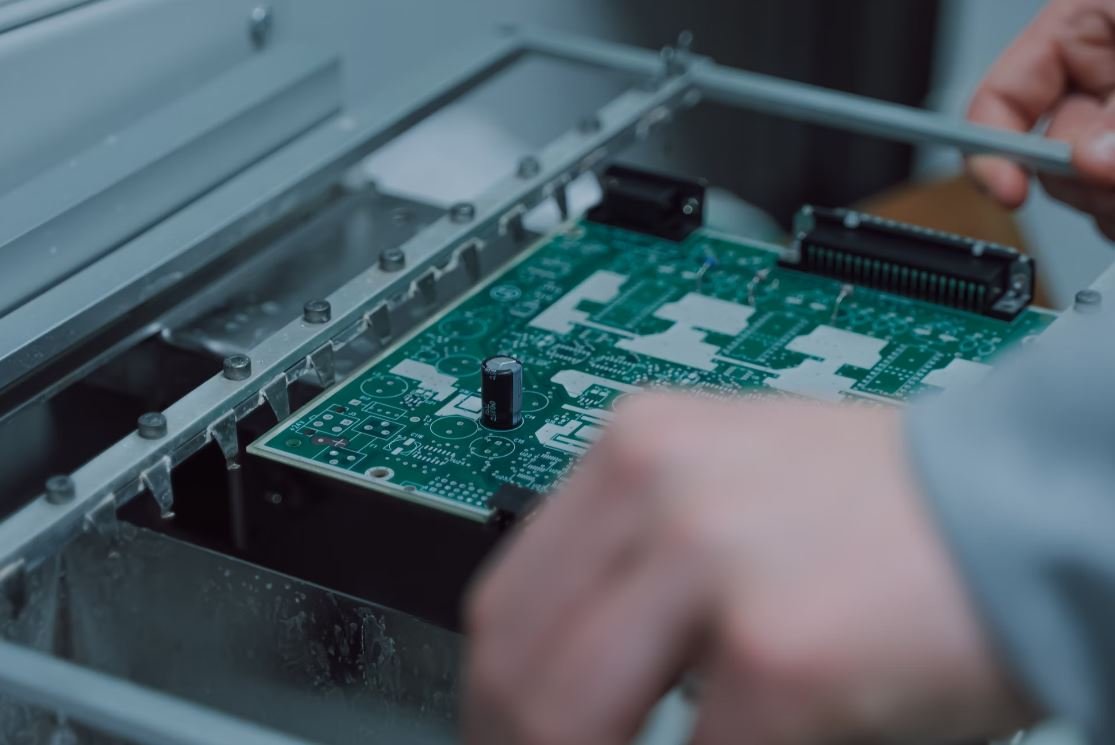How Deepfake AI Works
With the advancement of artificial intelligence (AI), the world has witnessed the emergence of deepfake technology. Deepfake refers to the use of machine learning algorithms to create highly convincing fake images, videos, or audios that appear incredibly realistic. While deepfake technology has gained attention for its potential to entertain and amaze, it also raises concerns about misinformation, privacy, and the spread of fake news. This article provides an overview of how deepfake AI works and the implications it poses.
Key Takeaways:
- Deepfake AI uses machine learning algorithms to create realistic fake images, videos, or audios.
- Deepfakes have the potential to spread misinformation and manipulate public perception.
- Increased awareness and detection methods are necessary to combat the negative effects of deepfake technology.
The Process Behind Deepfake AI
To create a deepfake, AI algorithms analyze and learn from large datasets consisting of real images or videos. These algorithms then generate new content by synthesizing existing data to create convincing fakes. The process involves several steps:
- Data Collection: Gather a significant amount of data, either from publicly available sources or by creating custom datasets.
- Data Preprocessing: Clean and prepare the collected data by removing duplicates, irrelevant information, or noise, ensuring only usable inputs.
- Model Training: Utilize neural networks, such as deep convolutional neural networks (DCNNs) or generative adversarial networks (GANs), to train the AI model on the preprocessed data.
- Feature Extraction: Extract various facial or audio features from the input data, such as facial landmarks, expressions, or voice patterns.
- Face Swapping/Generation: Apply the learned features onto a target video or image, replacing specific facial features with synthesized ones to create a realistic deepfake.
- Refinement and Post-Processing: Improve the quality of the generated deepfake through additional adjustments, filters, or blending techniques.
*Deepfake AI algorithms analyze and learn from large datasets to create highly convincing fakes.*
Risks and Implications
The rise of deepfake AI technology presents numerous risks and implications for society:
- Disinformation: Deepfakes can be used to spread false information, manipulate elections, or defame individuals.
- Privacy Concerns: Deepfake technology threatens personal privacy as anyone can become a target of manipulated content.
**Deepfakes can deceive the public and manipulate public perception, leading to unforeseen consequences.**
Combatting the Negative Effects
Addressing the challenges posed by deepfake AI requires a multi-faceted approach:
- Legislation and Regulation: Governments and tech companies should work together to establish laws and regulations to combat the malicious use of deepfakes.
- Education and Awareness: Educating the public about deepfake technology and its potential risks can help individuals recognize and avoid falling for fake content.
- Media Literacy: Developing media literacy programs that teach critical thinking and fact-checking skills can empower individuals to identify deepfakes.
- Detection Technologies: Investing in advanced deepfake detection tools and algorithms can aid in identifying and flagging suspicious content.
Deepfake Examples
| Deepfake Example | Description |
|---|---|
| Famous Celebrity Impersonations | Deepfakes have been used to create videos where celebrities appear to say or do things they never actually did. |
| Political Manipulation | Deepfakes can be used to spread manipulated videos or recordings of politicians, potentially influencing public opinion. |
Deepfake Statistics
| Statistic | Value |
|---|---|
| Number of Deepfake Videos Online | Over 100,000 |
| Estimated Losses Due to Deepfake Scams | $250 million annually |
The Future of Deepfake AI
As deepfake AI technology continues to evolve, it is crucial to stay vigilant and address its potential negative impact. Continued research, collaboration between stakeholders, and innovative detection methods are essential to mitigate the risks associated with deepfakes and ensure a safer digital environment for all.

Common Misconceptions
Deepfake AI is always used for fraudulent activities
- Deepfake AI has been used for entertainment purposes, such as in movies and TV shows.
- It has also been utilized for research purposes, including studying human behavior and understanding potential consequences.
- Deepfake AI has the potential to be used for positive applications, such as creating realistic human-like virtual assistants.
Deepfake AI can flawlessly recreate any face or voice
- Deepfake AI is more effective at manipulating faces and voices that already have abundant training data available.
- Uncommon or extremely unique features in a person’s face or voice can be challenging for deepfake AI to replicate flawlessly.
- The quality of the source material and the specific algorithms used can also greatly impact the level of realism achieved in deepfakes.
All deepfakes are easy to detect
- As deepfake AI technology advances, it becomes more difficult for humans to distinguish real from fake.
- Deepfake detection methods are constantly evolving to keep up with the increasing sophistication of the technology.
- High-quality deepfakes created by skilled individuals can be incredibly challenging to identify without specialized tools or knowledge.
Deepfake AI is only used to target individuals
- While deepfakes have been used for malicious purposes, they are not solely aimed at individuals.
- Deepfake AI can be utilized for spreading disinformation, generating fake news, or manipulating public opinion.
- Political figures, celebrities, and even organizations may become targets of deepfake technology for various reasons.
Deepfake AI is easily accessible and widespread
- Creating high-quality deepfakes typically requires significant computing power and sophisticated AI models, making it less accessible to amateurs.
- However, as technology advances and becomes more streamlined, the creation and dissemination of deepfakes could become more widespread.
- Currently, deepfakes are more commonly found in specific areas such as adult content or entertainment rather than being pervasive throughout the internet.

Deepfake AI technology has become increasingly sophisticated in recent years, giving rise to concerns about its potential misuse. In this article, we delve into the inner workings of deepfake AI and explore various aspects of its operation. Through ten engaging tables, we uncover key points, data, and other elements that shed light on the intricacies of deepfake AI.
Paragraph 1: Understanding Deepfake Technology
Deepfake technology utilizes artificial intelligence algorithms to create manipulated media content that appears realistic and can often be difficult to distinguish from genuine content. The following tables present intriguing aspects of how deepfake AI works and the implications it holds.
1. The Deepfake Creation Process
This table illustrates the three main steps involved in creating a deepfake video. From data collection and preparation to training the AI model and generating the altered video, each step plays a crucial role in ensuring a convincing deepfake creation.
2. Training Data Sources
Table two showcases the various sources from which deepfake AI models are trained. These sources can include publicly available images and videos, as well as additional material collected from target individuals. The diversity of training data contributes to the model’s accuracy.
3. Deepfake Detection Methods
This table explores the different techniques employed to detect deepfake videos. From analyzing facial inconsistencies and lip-sync errors to using deep learning algorithms, these methods help identify manipulated content and distinguish it from authentic media.
4. Computational Resources
Deepfake AI requires substantial computational resources to process and generate realistic videos efficiently. Table four presents the extensive computing power and storage capacities necessary for creating high-quality deepfakes.
5. Ethical Considerations
Ethical concerns surrounding deepfake AI are essential to address. Table five highlights potential misuse scenarios, such as political manipulation, identity theft, and the spread of disinformation, emphasizing the need for responsible and ethical use of this technology.
6. Legal Frameworks
This table examines existing legal frameworks and regulations concerning deepfake technology worldwide. From criminalizing non-consensual deepfake production to copyright and intellectual property laws, these restrictions aim to minimize the potential harm caused by deepfake AI.
7. Countermeasures Development
To combat the proliferating influence of deepfake AI, a range of countermeasures is being developed. This table delves into advancements in technologies like forensic analysis, watermarking, and cryptographic techniques, which aid in detecting and mitigating deepfake creation.
8. Public Awareness and Education
Educating the public about deepfake AI and its potential risks is crucial. This table showcases initiatives taken by organizations and institutions to raise awareness and develop media literacy programs, enabling individuals to identify and critically evaluate manipulated content.
9. Industry Collaboration
The collaborative efforts of various industries are vital to address the challenges posed by deepfake AI. This table provides examples of industry collaborations, such as partnerships between tech companies, universities, and government bodies, fostering research and development in deepfake detection tools.
10. Future Implications
Table ten explores potential future implications of deepfake AI technology. From advancements in video editing software to the evolution of countermeasures, understanding these developments is crucial to staying ahead in the ongoing battle against deepfake manipulation.
Conclusion:
Through an exploration of these ten engaging tables, we have unveiled various aspects of deepfake AI technology. From the creation process to detection methods, ethical considerations to countermeasures, and beyond, this article reveals the intricate workings of this influential technology. As deepfake AI continues to advance, vigilance, awareness, and collaborative efforts are indispensable in safeguarding against its potential misuse.
Frequently Asked Questions
What is deepfake AI?
Deepfake AI refers to the use of artificial intelligence techniques, particularly deep learning algorithms, to create realistic fake media content. It involves manipulating and synthesizing visual and audio elements to produce convincing fictional content that may resemble real people or events.
How does deepfake AI work?
Deepfake AI typically uses generative adversarial networks (GANs), which are composed of two main components: a generator and a discriminator. The generator creates the fake media by synthesizing images or audio based on training data, while the discriminator evaluates the authenticity of these media by distinguishing them from real ones. Through an iterative process, the generator improves its ability to generate realistic fake content, while the discriminator strives to identify the fakes.
What are the applications of deepfake AI?
Deepfake AI has various applications, both positive and negative. It can be used for entertainment purposes, such as creating visual effects in movies or generating realistic virtual characters. However, it also poses risks in the form of misinformation, identity theft, and privacy breaches. It can be exploited to create convincing fake videos or images of individuals, leading to potential harm and confusion.
What are the ethical concerns surrounding deepfake AI?
Deepfake AI raises several ethical concerns, primarily related to privacy, consent, and the spread of disinformation. The ability to create highly realistic fake content can result in the manipulation of public opinion, defamation, and damage to personal and professional reputations. There is also a concern that deepfakes may be used for malicious purposes, such as blackmail and fraud.
Can deepfake AI be used for positive purposes?
Yes, deepfake AI can have positive applications. It can be used for entertainment, such as in the creation of lifelike animations, special effects, and virtual avatars. Additionally, it can aid in research, education, and simulations by generating synthetic data. However, the responsible use of this technology is crucial to mitigate its negative impact.
How can deepfake AI be detected?
Detecting deepfake AI content can be challenging as it has greatly advanced in recent years. However, researchers are developing various detection methods, including forensic analysis, which looks for anomalies or artifacts in the media; deep learning-based algorithms that differentiate between real and fake content based on telltale signs; and multi-modal analysis that considers multiple aspects, such as eye movements, audio-visual coherence, and facial expressions.
What measures can be taken to combat deepfake AI?
To combat deepfake AI, a multi-pronged approach is necessary. This includes investing in research to develop more robust detection techniques, increasing public awareness about deepfakes and how to spot them, promoting media literacy, and implementing legal frameworks to hold individuals accountable for malicious use of deepfake AI. Additionally, platforms and social media networks can adopt stricter content moderation policies and authenticating mechanisms.
Who is responsible for addressing the challenges posed by deepfake AI?
Addressing the challenges posed by deepfake AI requires collective efforts from various stakeholders. It involves collaboration between technology researchers, policymakers, social media platforms, content creators, and the general public. Each entity has a role to play, whether it’s developing countermeasures, establishing regulations, promoting responsible use, or staying informed and vigilant about deepfakes.
What are the future implications of deepfake AI?
The future implications of deepfake AI are significant and wide-ranging. While the technology has potential benefits, such as enhancing virtual experiences and entertainment, it also introduces substantial risks to privacy, security, and trust. As deepfake AI continues to evolve, it will be crucial to stay ahead of its advancements and develop robust strategies to mitigate its negative impact.
Where can I find more information about deepfake AI?
To learn more about deepfake AI, you can explore reputable research publications, academic journals, and technology news sources that cover topics related to artificial intelligence, machine learning, and deepfake detection. Additionally, various online forums and communities exist where experts share insights and discuss the latest advancements in this field.




